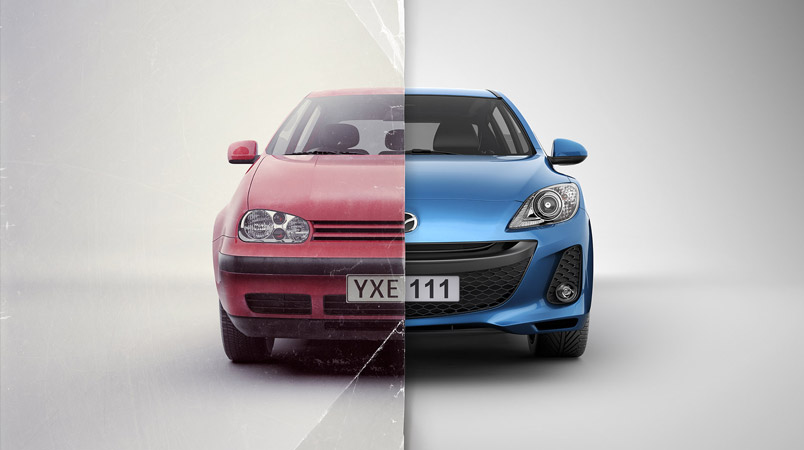Several studies have repeatedly compared brands to human beings. The anthropomorphic notion suggest that people have a natural propensity to “anthropomorphize” brands, therefore allotting human characteristics to non human objects and events. In the wake of this logic, one may compare a brand’s life cycle to a human’s life cycle, which at some point addresses the issue of ageing. A brand has a date of birth (launch of the brand), brand’s childhood (brands first years), brand’s adolescence ( potential problems that arise in the early stages of the brand), gets married (via mergers), brand reproduces (via brand extensions), brand grows older (when market share drops, sales disappear) and then completely dies (via unsuitable and incompetent management).
However, in contrast to human beings, brands who are properly managed can live for centuries (e.g Coca Cola, 1886). In other words, brands are confronted with many challenges during their lifetime, so if you want the brand to live as long as possible, accurately identify the importance of brand management. One way to keep brands up to date is through rejuvenation.
To ascertain, whether a brand is in the ageing stage, the company must identify the exact moment at which the brand is considered old. Lehu (2004) stated that ; a brand is considered as an old brand as soon as consumers begin to neglect it. This is not because the brand’s product lack quality, but simply because they taste, sound or look old compared to the new ones
When determining the age of a brand, managers should be exceedingly careful about the elements they take into account when making such a judgement. For example, an image of a brand ages much faster than brand notoriety. If managers rely on brands notoriety to evaluate the brand’s age, they may learn the matter of ageing long after the first signs actually emerged.
Marketers implement several strategies to maximize the potential outcomes of ageing brands. One of these methods is to capitalize on nostalgia. This technique endeavours to arouse nostalgia and to remember the and to reconquer old and new customers. Marketers can also try to rejuvenate the brand through visual identity. This method uses the visual depiction to keep brand up-to-date.
Updating visual identity is one of the most recurrent methods to revitalize an ageing brand. One of the potential element of visual identity is a brand logo. Most companies sporadically update their logos in order to sustain a fresh, modern look. A logo is one of the most powerful brand element because of its impact on brand knowledge and therefore on brand equity. Logos are used to gain attention, increase recognition and differentiation of the brand. Logo can also be used to evoke emotional response in customers.Rejuvenation takes advantage of the versatility of logos. Unlike brand names, companies can update their logos overtime. Therefore keeping their brand up-to-date.
Branding is the key to success, companies comes and go, but a brand remains in peoples minds even after years, so building a brand is as important as building a product.

